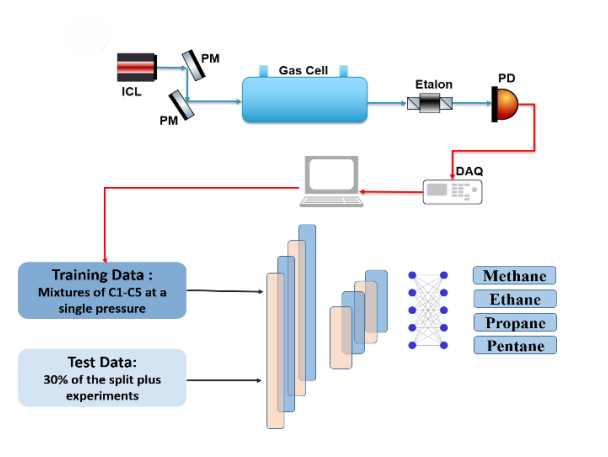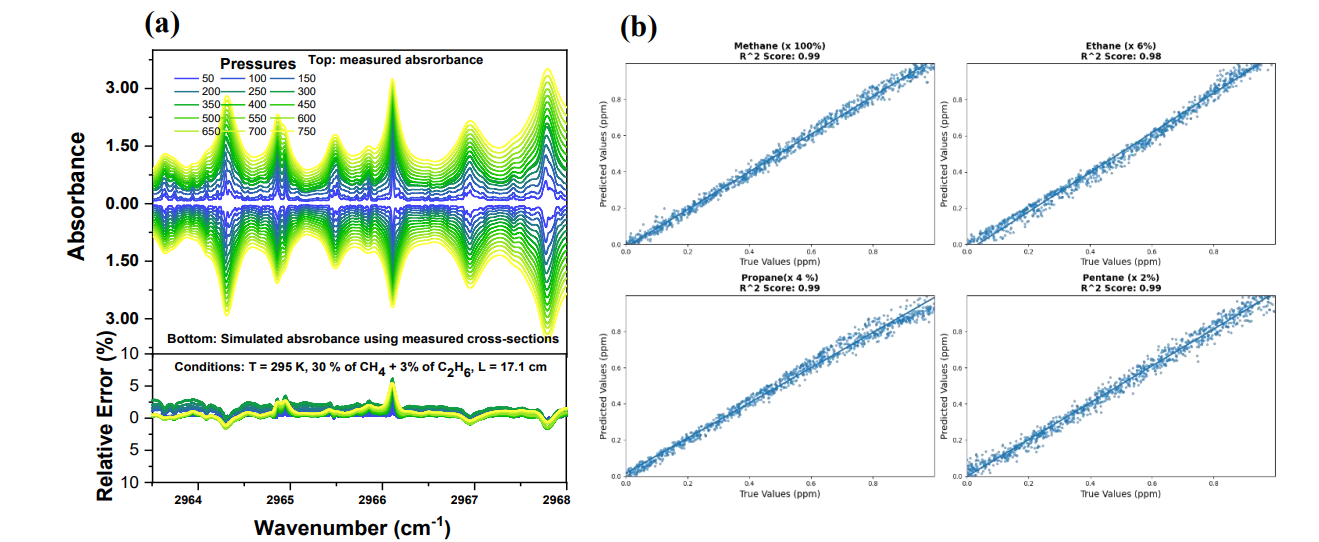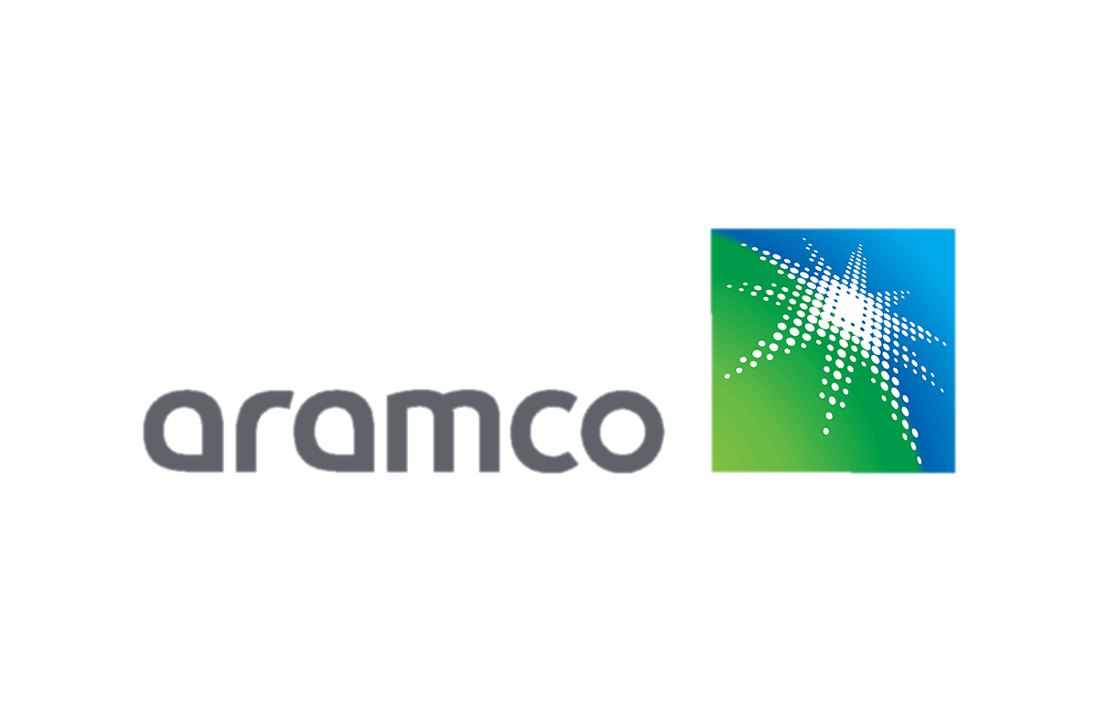

.png?sfvrsn=1b6bae1a_0) (FASTER)
(FASTER).png?sfvrsn=ac211bda_0)
Conventional methods of gas chromatography and isotope-ratio mass spectrometry require significant time for analysis and do not support real-time, high-resolution decision-making in the field. Our laser-based system addresses this gap by providing a rapid, in-situ, and non-intrusive method for natural gas analysis.

Optical setup and CNN model flow chart
The sensor uses a mid-infrared (MIR) DFB-ICL near 3.3 µm to target the vibrational bands of C1-C5 species, arising from C-H stretching motion. This range allows for comprehensive coverage of all alkanes' absorption features. CNN auto-encoders are employed to distinguish overlapping absorbance spectra of the different alkanes. The system's accuracy was validated in laboratory tests, achieving a 5% relative error, making it a robust, calibration-free, non-intrusive solution for natural gas analysis.


EXPEC Advanced Research Center, Saudi Aramco